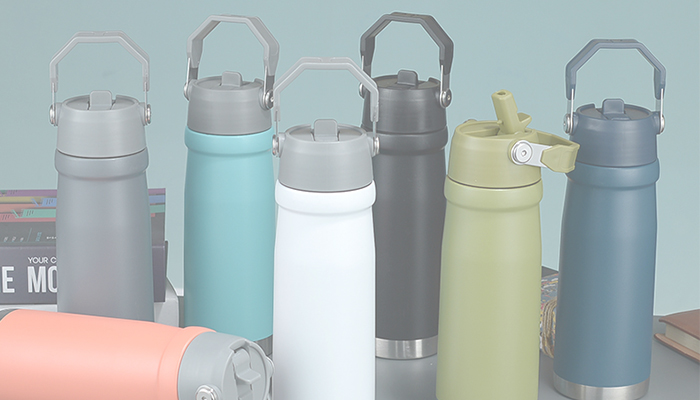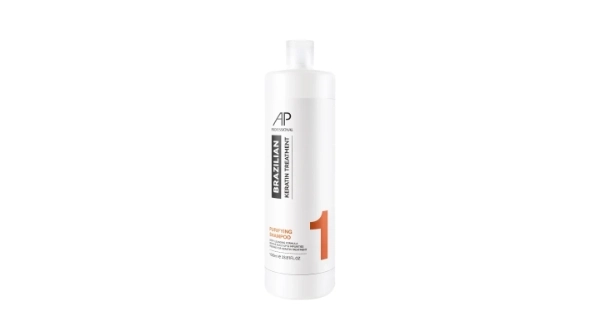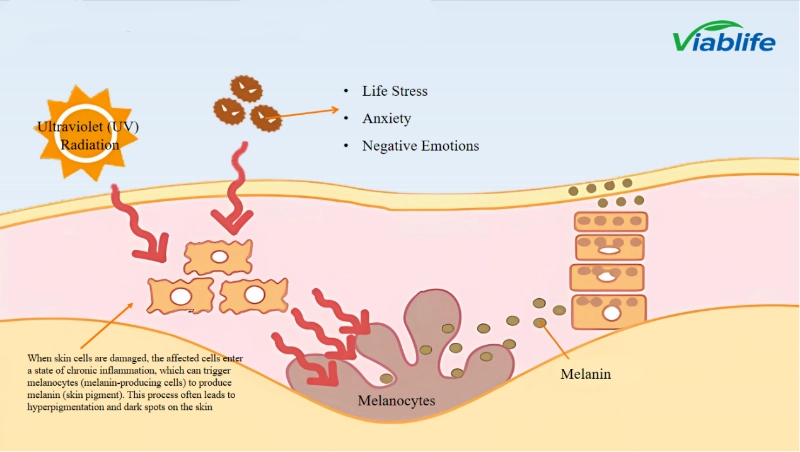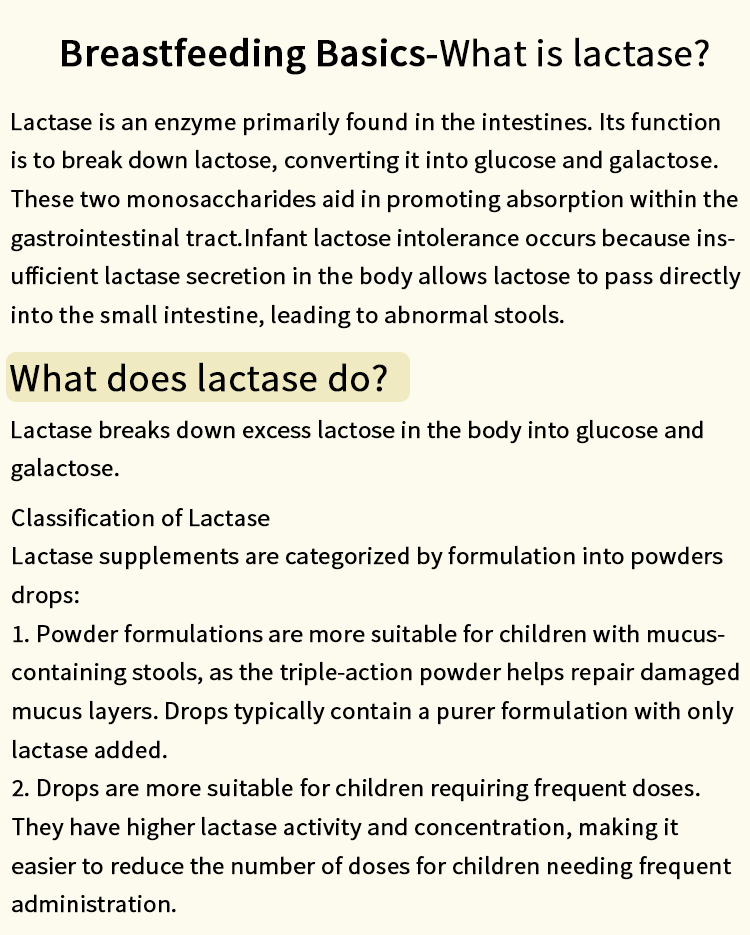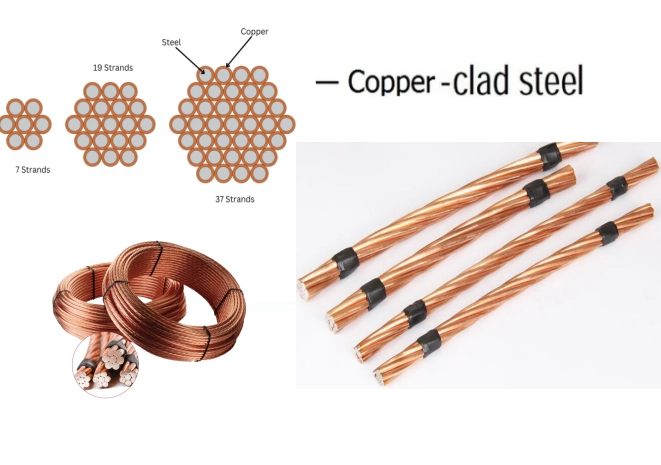When it comes to outdoor adventures, the durability of your tent can make or break your experience. Whether you're embarking on a weekend camping trip or a month-long expedition, understanding the various materials used in tent construction is crucial. This article delves into the most durable tent materials, their properties, and how to choose the right one for your needs.
Understanding Tent Materials
Tents are primarily made from three types of materials: polyester, nylon, and canvas. Each material has its own set of characteristics that affect durability, weight, waterproofing, and breathability. To determine which material is the most durable, we must explore the strengths and weaknesses of each.
- Polyester
Polyester is a popular choice for tent manufacturers due to its affordability and resistance to UV rays. It is less prone to stretching and sagging compared to nylon, making it a reliable option for long-term use. However, while polyester tents can withstand moderate weather conditions, they may not be as durable as other materials in extreme environments.
Pros:
- UV resistant
- Affordable
- Less prone to stretching
Cons:
- Not as strong as nylon or canvas
- Can be less breathable
- Nylon
Nylon is often regarded as the gold standard for tent materials, particularly in high-performance tents. It is lightweight, strong, and has excellent tear resistance. Nylon tents are typically coated with silicone or polyurethane to enhance waterproofing, making them suitable for wet conditions. However, nylon can degrade under prolonged UV exposure, so it’s essential to consider the tent's intended use.
Pros:
- Lightweight and strong
- Excellent tear resistance
- Good waterproofing capabilities
Cons:
- Susceptible to UV damage
- Can stretch when wet
- Canvas
Canvas tents are synonymous with durability and longevity. Made from heavy-duty cotton or synthetic blends, canvas tents are robust and can withstand harsh weather conditions. They are also breathable, which helps regulate temperature and moisture inside the tent. However, canvas tents are heavier and bulkier, making them less ideal for backpacking.
Pros:
- Extremely durable
- Breathable and temperature-regulating
- Excellent for long-term use
Cons:
- Heavy and bulky
- Requires regular maintenance to prevent mold and mildew
Comparing Durability: A Closer Look
When assessing durability, it’s essential to consider factors such as denier (the thickness of the fabric), waterproof ratings, and the quality of construction.
- Denier: Higher denier fabrics are generally more durable. For instance, a 70D nylon fabric will be more robust than a 20D nylon fabric. However, higher denier materials can also add weight to the tent.
- Waterproof Ratings: Tents are often rated in millimeters for waterproofing. A tent with a rating of 3000mm or higher is considered highly waterproof. This is crucial for durability, as prolonged exposure to moisture can weaken the fabric over time.
- Construction Quality: The stitching, seam sealing, and overall design play a significant role in a tent's durability. Tents with reinforced seams and high-quality zippers are less likely to fail in adverse conditions.
Choosing the Right Material for Your Needs
Selecting the most durable tent material depends on your specific needs and the conditions you expect to encounter. For casual campers, a polyester tent may suffice, offering a balance of durability and affordability. For serious backpackers or mountaineers, a high-denier nylon tent with excellent waterproofing is advisable. If you’re looking for a long-term investment for family camping or glamping, a canvas tent may be the best choice.
Conclusion
In the world of outdoor gear, the material of your tent plays a pivotal role in its performance and longevity. While nylon often stands out as the most durable option for serious adventurers, polyester and canvas also have their merits depending on the context of use. By understanding the properties of each material, you can make an informed decision that ensures your tent withstands the test of time and the elements.
